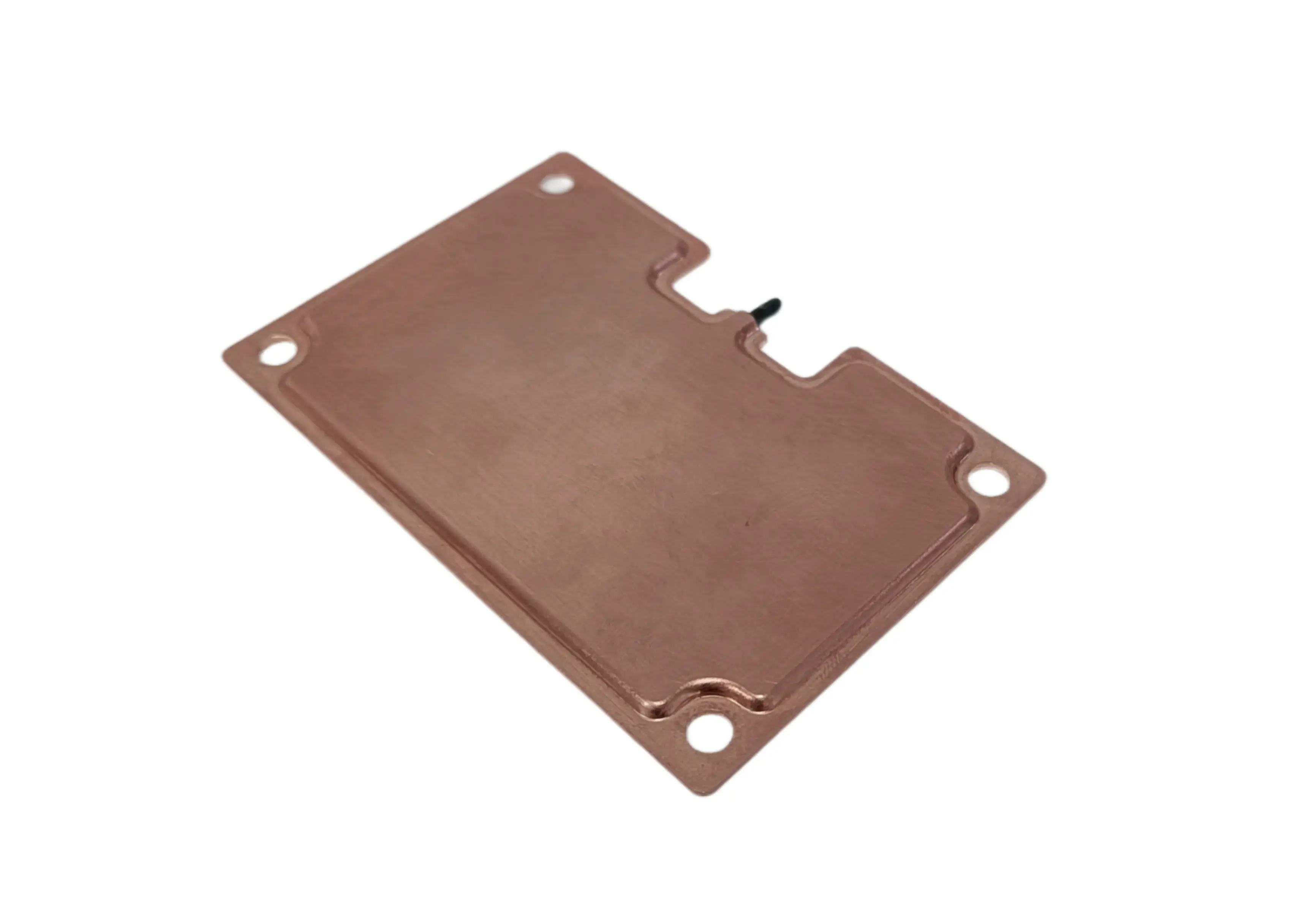Working of Vapor Chamber
The heat source delivers heat input to the evaporator zone. The wick containing the working fluid, in contact with the evaporator zone, vaporizes. This causes the looser arrangement of molecules, thus transporting the lesser dense vapor away from the evaporator, by the process of convection. This property of the molecules to organize themselves in the vapor chamber proves advantageous for its thermal properties. Thus, the vapor chamber acts as an isothermal heat spreader.
These vapors, when they hit the cooler areas of the chamber, condense. Heat removal occurs by forced convection, natural convection, or liquid cooling. The condensate reaches the evaporator zone by the force of capillary pressure through the pores of the wick.

